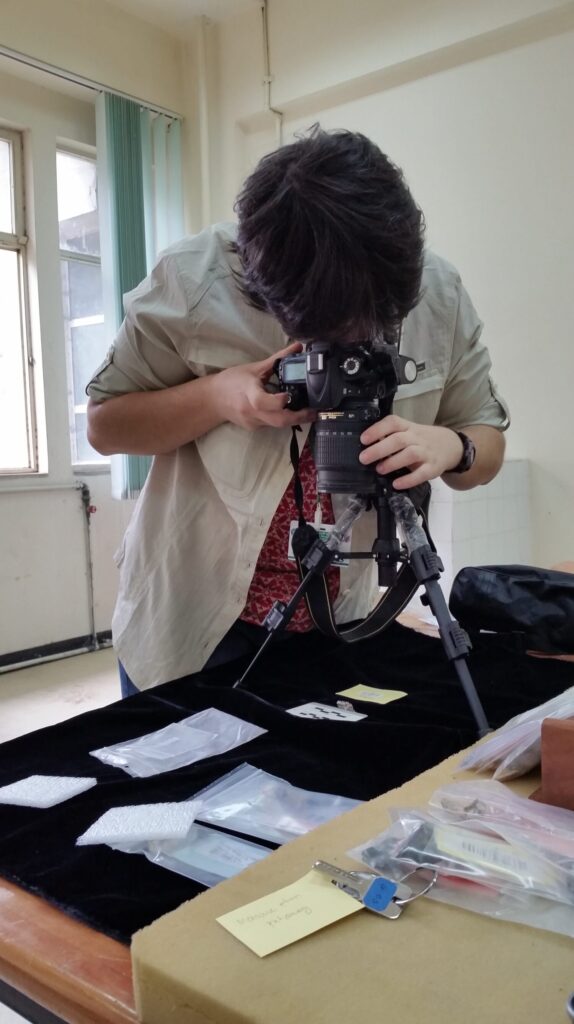Grantee Spotlight

Irene Smail is a graduate student at the University of Arizona. She received a Leakey Foundation grant in 2019 for her project entitled “Community ecology of living and fossil cercopithecid primates.”
Even though humans are the only hominin species alive today, we know that our fossil ancestors shared the landscape with other hominin species. How might we have interacted with each other? Why did we survive when the rest went extinct?
Previous researchers have suggested that competition between species or changes in the environment could have first driven hominins to evolve separately before later leading to their extinction. To examine these hypotheses, I’m using fossil cercopithecid primates (African and Asian monkeys) to model how closely-related primate species may have interacted with each other and why some were more successful than others in responding to changes in competition and environmental changes over the past ~5 million years in Africa.

Monkeys (especially baboons and their relatives) are an excellent group to study because they represent some of the most adaptable primates living today. Extant cercopithecids occupy a range of habitats from open grasslands to densely wooded forests, eat a broad range of dietary items, and are even able to thrive in human-modified environments. We have similar evidence of how adaptable extinct cercopithecids were in the form of an extensive fossil record from the Plio-Pleistocene of Africa, from many of the same sites and ancient environments where we find hominins. Most importantly, many of these fossil species are found together in fossil assemblages, suggesting they may have co-existed on the landscape in the past, just like living monkeys that can be found together at different sites across Africa and Asia.

For my dissertation, I am using dental morphology of living and fossil cercopithecids to reconstruct their dietary behavior. But instead of focusing on individual species, I am examining communities that are made up of several different species all co-occurring together, to ask: 1) How are monkey communities today similar or different from each other in their dietary adaptations, and how they changed through time? and 2) Are differences and similarities in monkey communities through time and in different regions related to differences in the environment? Through this, I am hoping to better understand how species interact with each other and with their local environments, and to identify potential patterns that may be similar or different to what we see in the hominin fossil record.


